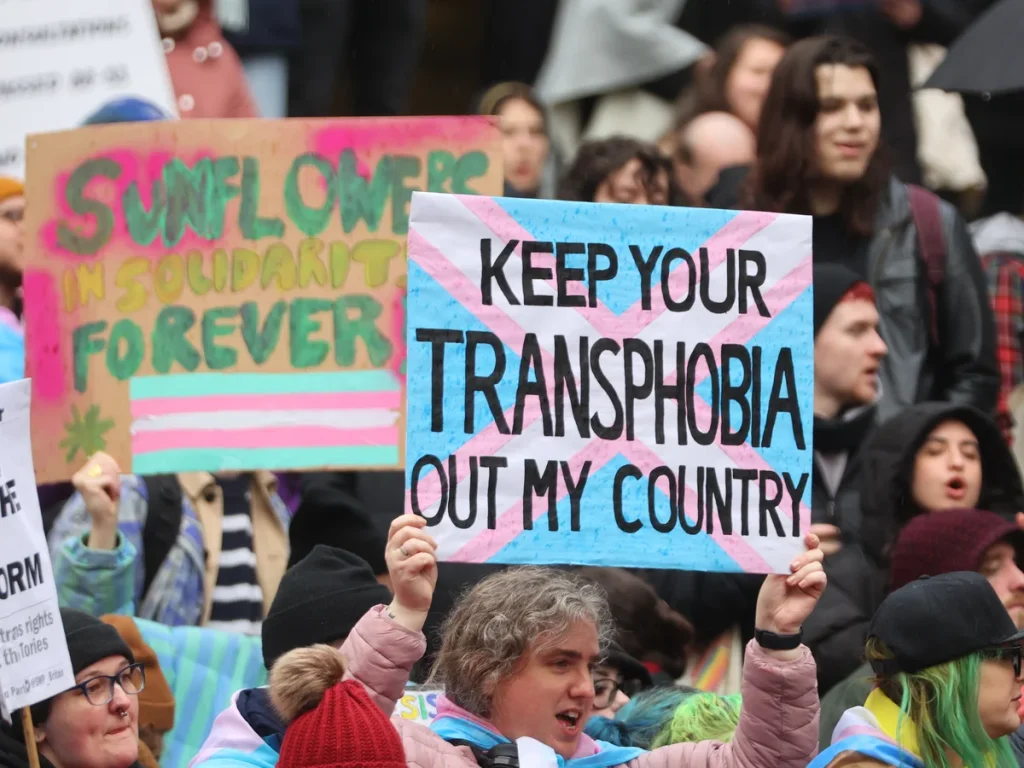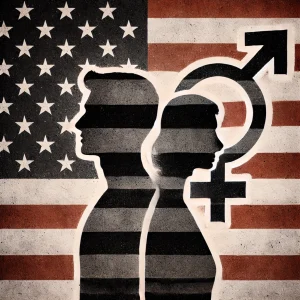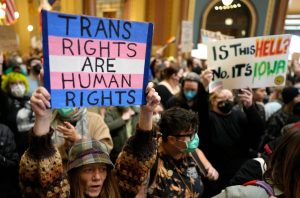Understanding Transphobia and the Legal Landscape in the UK: An Explainer.
What is Transphobia?
Transphobia refers to negative attitudes, discrimination, or prejudice against transgender individuals or those who do not conform to traditional gender norms. This can manifest in a variety of ways, from verbal abuse and social exclusion to institutional discrimination. At its core, transphobia stems from a misunderstanding or rejection of transgender identities, which can lead to harmful practices that violate basic human rights.
Transphobia and Legal Protection in the UK
The UK legal framework has evolved over the years to better protect transgender individuals, but the issue of transphobia remains a complex area of law. Let’s break down the key legal provisions that help safeguard transgender rights.
1. Equality Act 2010
The Equality Act 2010 is the primary legislation that protects against discrimination based on gender, sex, and gender identity. It covers several areas, including employment, education, and public services, and ensures that transgender individuals are entitled to the same protections as others.
Under this Act, transgender people are protected from discrimination, harassment, and victimization. The law acknowledges gender reassignment as a protected characteristic, meaning any negative treatment based on a person's gender identity, or the process of transitioning, is considered discriminatory. This means individuals cannot be treated unfairly because of their transgender status in most circumstances.
2. Gender Recognition Act (GRA) 2004
The Gender Recognition Act 2004 provides transgender people with the ability to change their legal gender. In order to obtain a Gender Recognition Certificate (GRC), individuals must undergo a medical process and prove that they have lived in their gender identity for a specified time period (usually two years).
However, the GRA has faced increasing criticism for its bureaucracy and medical requirements. Calls for self-identification—where people can change their gender without medical assessment—have been growing. Despite public debate, there has been no full reform to allow self-identification at the national level in England, though some regions, like Scotland, have moved forward with reforms.
3. Hate Crime Laws and Transphobia
Hate crime laws are another crucial element in protecting transgender people in the UK. Under the Crime and Disorder Act 1998, offenses motivated by transphobia are considered hate crimes and can carry enhanced sentences.
In 2021, the UK government began collecting data on hate crimes based on gender identity, with a particular focus on attacks against transgender people. These laws are aimed at reducing violence and discrimination towards the trans community and providing appropriate legal responses.
4. Freedom of Speech and Gender-Critical Views
In recent years, the UK has seen a rise in public debate about gender-critical views—beliefs that reject the notion of gender self-identification or argue that biological sex is immutable. Gender-critical feminists assert that there are fundamental differences between biological sex and gender identity, which sometimes leads to tensions between different groups.
While individuals have the right to express gender-critical views, the challenge is balancing freedom of speech with the rights of transgender people to live free from discrimination. This has led to high-profile cases in academic, legal, and public spheres, where people’s right to express views about gender identity is weighed against the right of transgender individuals to be protected from harm or harassment.
5. Academic Freedom and Universities
Transphobia in academia is another legal issue in the UK. Gender-critical academics have found themselves at the center of debates, with some claiming they face harassment or pressure to self-censor their views. University policies that prohibit transphobic views have faced scrutiny, as some argue that they stifle free speech and academic inquiry.
The Office for Students (OfS) has made moves to ensure that universities uphold both freedom of speech and the protection of transgender students and staff from discriminatory behavior. This creates an ongoing tension in UK higher education, where the legal framework must balance freedom of expression with anti-discrimination measures.
UK Legal Developments on Transgender Rights
While UK law continues to evolve, debates around transgender rights and transphobia are ongoing. Recent discussions have focused on how to better support transgender individuals, especially in areas like healthcare, education, and employment, while also ensuring that the rights of others, including those with gender-critical beliefs, are respected.
The Need for Legal Clarity
The growing complexity of issues like self-identification, transgender healthcare, and academic freedom means that future legal reforms are likely. Many advocates call for clearer laws around gender recognition and more robust protections against transphobic hate crimes. Transgender people continue to face barriers in accessing services and protection, which is why ongoing legal reviews and policy changes are critical to ensure that the rights of transgender individuals are upheld.
As the UK legal landscape for transgender rights continues to evolve, understanding the complexities surrounding transphobia and the rights of transgender people is essential. Key legal frameworks such as the Equality Act 2010, Gender Recognition Act, and Hate Crime laws work together to protect transgender individuals from discrimination. However, the push for self-identification and the balance between free speech and protection from harm continue to shape legal and public discourse. Legal reforms are inevitable, and these changes will continue to influence the future of transgender rights in the UK.





















